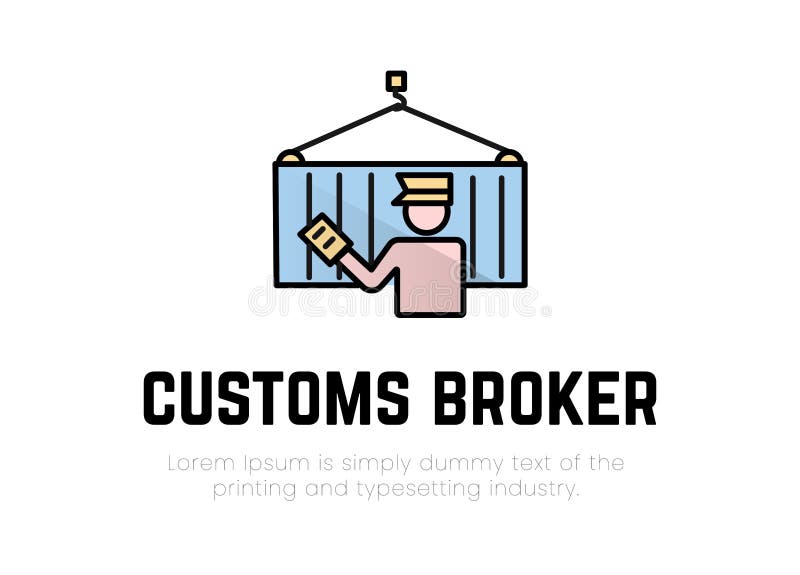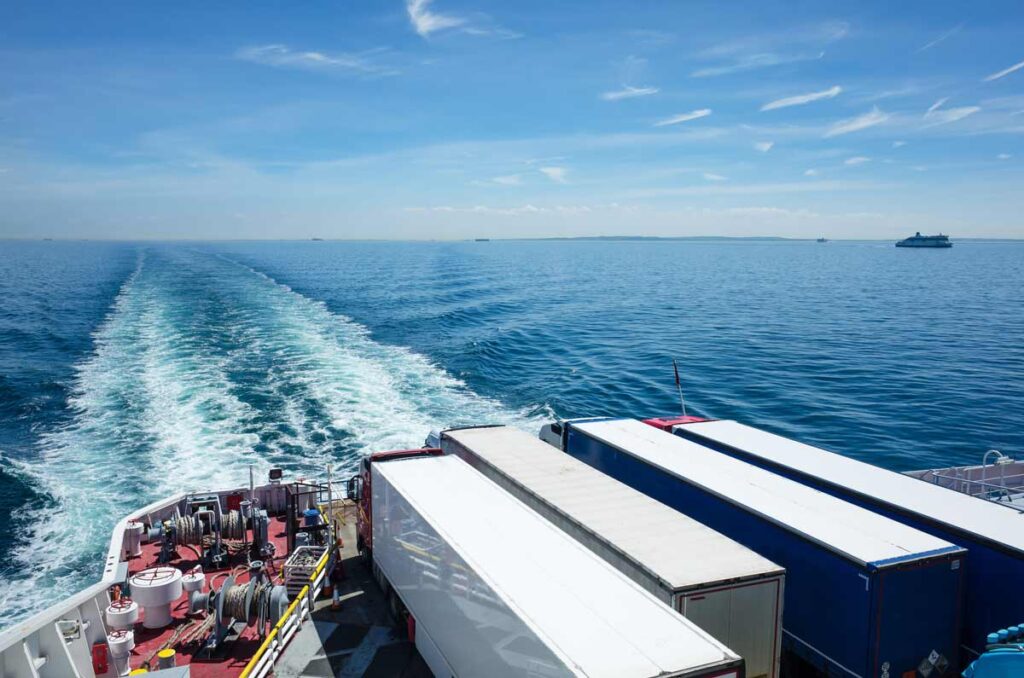- By Della tj
- October 21, 2025
- Shipping, Special Price
Moving goods between China and the Netherlands efficiently depends on one key factor — cheap customs clearance from China to Netherlands. Many importers struggle with complex regulations, costly delays, and hidden fees. However, with the right preparation and trusted partners, it’s entirely possible to clear shipments affordably while staying fully compliant.

1. What Is Customs Clearance and Why Is It Important?
Every shipment entering the Netherlands from China must pass through customs clearance, a process that verifies goods meet import laws and tax requirements. Without proper clearance, cargo can face long delays or even be rejected.
Key Customs Clearance Steps:
- Document submission (invoice, packing list, bill of lading)
- HS code classification and tariff calculation
- VAT and duty payment
- Physical inspection, if required
- Cargo release and delivery to final destination
Efficient clearance ensures the cargo reaches Dutch ports—like Rotterdam or Amsterdam—on schedule, helping importers maintain supply chain stability and control shipping costs.
2. How Much Does Customs Clearance Cost from China to the Netherlands?
Although costs vary by shipment type and method, understanding the breakdown helps businesses budget accurately.
| Cost Component | Description | Average Cost (USD) |
|---|---|---|
| Customs declaration | Filing import documents | $25 – $60 |
| Import duties | Based on HS code and product type | 0% – 12% |
| VAT (Value Added Tax) | 21% of CIF value (may be refundable) | Varies |
| Inspection fees | Random or high-risk cargo | $40 – $100 |
| Customs broker service | Handling documentation & clearance | $50 – $150 |
Tip: Consolidating smaller shipments into one FCL (Full Container Load) can lower the total clearance cost per unit.
3. What Documents Are Required for Customs Clearance?
Proper documentation ensures fast and cheap customs clearance from China to Netherlands. Missing or inaccurate paperwork often leads to unnecessary inspections.
| Document | Purpose |
|---|---|
| Commercial Invoice | Declares product details and value |
| Packing List | Lists quantities, weights, and packaging |
| Bill of Lading / Air Waybill | Confirms shipment ownership |
| Certificate of Origin | Determines trade agreement eligibility |
| Import License (if applicable) | Required for restricted goods |
| Customs Declaration | Filed electronically in the Netherlands |
Pro Tip: Always ensure the HS code and product description match across all documents to prevent compliance issues.

Ready to streamline your shipping? Contact us today for a fast, Partner with TopChinaFreight to receive a tailored logistics solution that matches your shipping needs.
4. Which Shipping Method Is Most Cost-Effective?
The choice between air, sea, and rail freight impacts customs clearance costs, transit time, and delivery reliability.
| Mode | Transit Time | Cost | Best For | Pros | Cons |
|---|---|---|---|---|---|
| Sea Freight (FCL/LCL) | 30–40 days | Low | Large cargo | Cheapest option | Long lead time |
| Rail Freight | 18–22 days | Medium | Industrial goods | Reliable & eco-friendly | Limited routes |
| Air Freight | 5–8 days | High | Urgent goods | Fastest delivery | Expensive |
For most importers, sea freight combined with professional customs clearance offers the best balance between affordability and reliability.
5. Real Case Studies: Cheap Customs Clearance Success
Case 1: Shenzhen to Rotterdam (Electronics – LCL Shipping)
- Cargo: 3.2 CBM of electronic accessories
- Mode: Sea LCL
- Transit Time: 35 days
- Cost: $780 (including customs clearance)
- Result: Cleared within 24 hours of arrival thanks to pre-declared documents
Case 2: Ningbo to Amsterdam (Textiles – FCL Shipping)
- Cargo: 1x20ft container of garments (12 tons)
- Mode: Sea FCL
- Transit Time: 32 days
- Cost: $1,550 (freight + clearance)
- Result: Saved 18% overall due to accurate tariff classification
6. How to Ensure Smooth and Affordable Customs Clearance?
To avoid delays and extra costs, importers should follow these practical steps:
- Classify products accurately under correct HS codes.
- Prepare documents early and verify all details.
- Partner with licensed customs agents familiar with both Chinese and EU procedures.
- Use bonded warehouses to delay VAT payment until goods enter the EU market.
- Track shipments digitally to detect clearance status in real-time.
In addition, automation tools and electronic declarations have simplified the Dutch customs process, helping companies reduce manual work and paperwork errors.
7. Customs Duties, VAT, and Common Challenges
Understanding taxes is crucial for planning total logistics costs.
| Charge Type | Rate / Details | Note |
|---|---|---|
| Import Duties | 0–12% | Based on product category |
| VAT | 21% | May be reclaimed by EU businesses |
| Excise Duties | Variable | For alcohol, tobacco, etc. |
Common Challenges and Solutions:
- Incorrect HS code: Leads to overpaid duties → Use professional classification services.
- Undervaluation of goods: Risk of penalties → Always declare true transaction value.
- Late VAT refund: Delays cash flow → Register for deferred VAT payment (Article 23 license).
8. Why Choose Professional Customs Services in the Netherlands?
Although some importers try to handle clearance themselves, working with professionals ensures lower costs and faster delivery.
Benefits of Using a Professional Customs Broker:
- Expert handling of customs paperwork and regulations
- Real-time tracking of shipments and clearance updates
- Reduced inspection risk through pre-assessment
- Cost optimization via accurate duty calculation
- Smooth communication between shipper, carrier, and customs
Moreover, experienced brokers in Rotterdam and Amsterdam often have digital systems directly linked to Dutch Customs, ensuring real-time approvals. As a result, shipments clear faster and more affordably.
Conclusion
In summary, achieving cheap customs clearance from China to Netherlands requires preparation, accuracy, and the right logistics partners. With proper documents, correct HS codes, and expert guidance, businesses can lower costs and ensure smooth cargo delivery every time.
Request a Quote
Need a tailored solution for your shipping from China?
Let TJ China Freight Forwarder assist you with reliable, cost-effective service.
FAQ:
Q1.What is the average customs clearance time from China to the Netherlands?
Customs clearance from China to the Netherlands usually takes 1–3 days, depending on shipment volume, document accuracy, and inspection requirements.
Q2.Which documents are required for customs clearance in the Netherlands?
You typically need a commercial invoice, packing list, bill of lading, and an import declaration for smooth customs clearance processing.
Q3.How can I reduce customs clearance costs from China to the Netherlands?
You can lower costs by choosing a reliable freight forwarder, preparing accurate paperwork, and consolidating small shipments efficiently.
Q4.Do customs brokers in the Netherlands handle import duties for Chinese goods?
Yes, most customs brokers handle import duties, VAT payments, and paperwork to ensure smooth delivery of goods from China.
Q5.Can I track my shipment during customs clearance in the Netherlands?
Yes, you can track clearance status online through your freight forwarder or customs broker’s digital tracking system.



